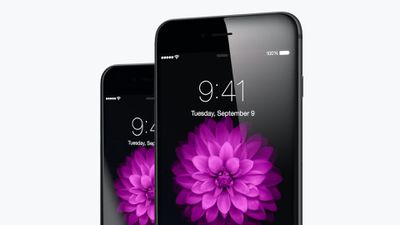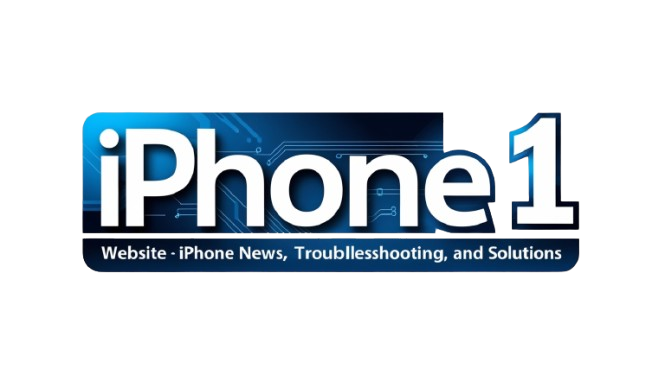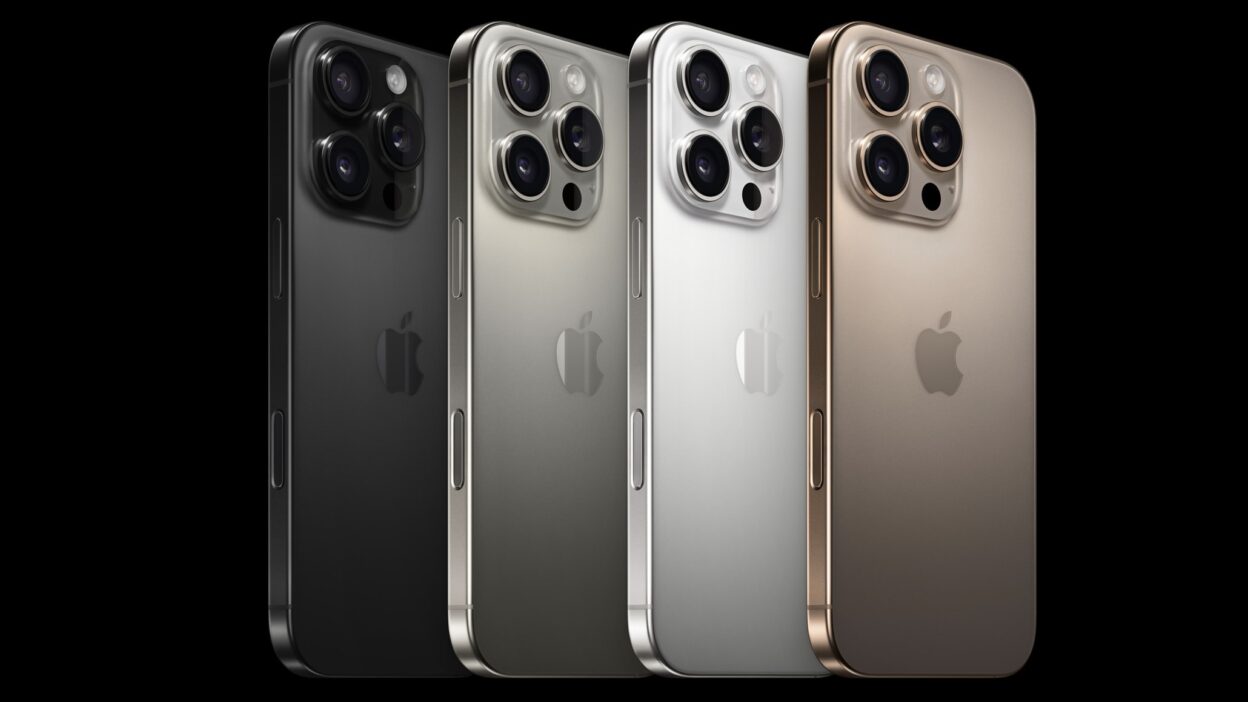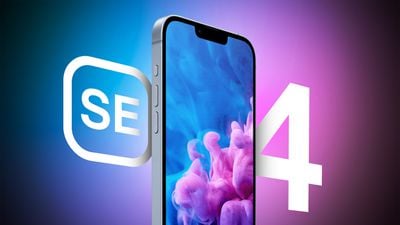After a remarkable run, the iconic iPhone 6 has officially reached the end of its supported lifespan.
Just over eight years after its groundbreaking debut, Apple has formally designated the iPhone 6 as an obsolete product, adding it to the list on its official website. This update comes as of [Current Date – e.g., November 2024].

This “obsolete” classification means that owners of the iPhone 6 can no longer seek repairs or service for the device at Apple Stores or authorized service providers. This applies to all repairs, regardless of issue.
Apple’s criteria for “obsolescence” centers around a seven-year window from the last date of official distribution for sale. While the larger iPhone 6 Plus received this designation in April [Current Year – e.g., 2024], the standard iPhone 6 remained available at discounted prices via third-party retailers in certain regions, delaying its addition to the obsolete list until now. This extended availability likely contributed to the continued popularity of the iPhone 6, with estimated sales reaching [Insert updated sales figures if available, or phrase like “hundreds of millions of units” if not].
From a software perspective, the iPhone 6 and 6 Plus ceased receiving iOS updates with the release of iOS 13 in 2019. This means the devices are no longer receiving crucial security updates and may be vulnerable to emerging threats.
Launched in September 2014, the iPhone 6 and iPhone 6 Plus achieved immense popularity, largely driven by their larger displays compared to predecessors. This shift in screen size marked a significant change in the iPhone lineup and influenced subsequent smartphone design trends. Furthermore, these models were the first to introduce Apple Pay, paving the way for the widespread adoption of mobile payment technology we see today. The iPhone 6’s legacy includes its impact on mobile payments, larger screen sizes, and its position as one of the best-selling iPhones in history.




